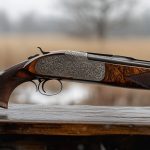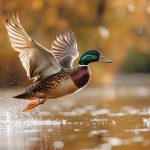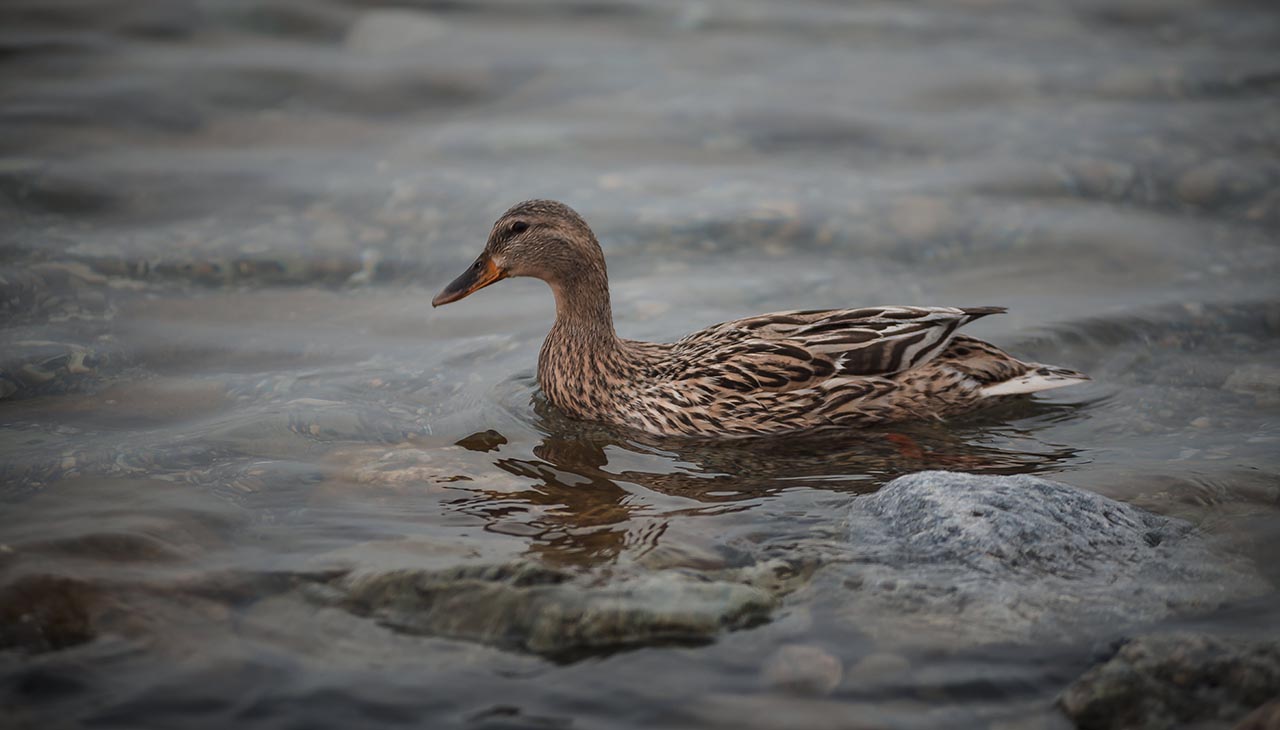Bird dogs, bred for their intelligence and keen sense of smell, have been indispensable companions to hunters for centuries. These canine allies are especially known for their exceptional ability to track and locate game birds. However, for a successful hunting expedition, understanding and following your bird dog is just as crucial as the dog’s ability to find the game. This guide will delve into strategies to better comprehend and navigate your bird dog’s actions and signals, ensuring a fruitful and enjoyable hunting experience.
Assess Your Dog
Before you can effectively follow your bird dog, it’s essential to have a comprehensive understanding of their behavior and capabilities. Spend time observing your dog in different environments and situations to get a feel for their instincts, strengths, and areas that may need improvement. Take note of how your dog responds to commands and their overall level of obedience. Remember, a well-trained bird dog is not only efficient in tracking game but also safe to be around. Also, evaluate your dog’s stamina and physical health, as these are crucial for enduring long hunting sessions. Lastly, consider their keenness and passion for the hunt. A bird dog that demonstrates a strong drive and enjoyment in the hunt will likely be a reliable and enthusiastic partner.
Start Short, Then Go Long
As you begin training with your bird dog, it’s recommended to start with short hunting sessions. This approach allows your dog to gradually familiarize themselves with the hunting environment, commands, and techniques. It’s also a practical way to gauge their progress and identify potential areas of difficulty. Once your dog shows signs of comfort and improvement with short hunts, you can gradually increase the duration and complexity of the sessions. It’s essential to remember that patience and a progressive approach are key during this phase. Long hunting sessions may initially be overwhelming and exhausting for your dog. Therefore, a gradual transition can help them build stamina and confidence, ensuring a more productive and enjoyable hunting experience for both of you.
Ride the Waves
A successful bird hunting expedition is often likened to riding the waves, with its ebbs and flows requiring adaptability and patience. Your bird dog may catch a scent one moment and lose it the next, or find game in an area you least expected. In these situations, it’s imperative to remain observant of your dog’s cues and adjust your approach accordingly. Just as a surfer rides the ocean waves, allowing the force of the water to guide their movements, you must learn to follow your bird dog’s lead, trusting their instincts, and adapting your strategy based on their signals. This dynamic partnership, characterized by mutual trust and adaptability, significantly enhances your hunting efficiency and overall experience.
Read Up
While hands-on experience is a great teacher, supplementing it with comprehensive reading can significantly enhance your understanding of bird dogs and their behavior. There is a wealth of books and online resources available that cover various aspects of training and caring for bird dogs, as well as understanding their hunting instincts. Some recommended reads include “Training the Versatile Hunting Dog” by Chuck Johnson and “The Ultimate Guide to Bird Dog Training” by Jerome B. Robinson. Additionally, forums and blogs can provide real-life insights and tips from experienced hunters and trainers. By broadening your knowledge base, you can better communicate and coordinate with your bird dog, making your hunting expeditions more successful and enjoyable.
Let Your Dog Take Over
At some point, once you’ve built a strong bond with your bird dog and developed mutual trust, it’s time to let your dog take over. Remember, bird dogs are innately skilled at tracking and hunting, and they thrive when allowed to utilize these instincts. When you’re out in the field, allow your bird dog to lead the way. Avoid micromanaging their every move, as this can inhibit their natural hunting instincts. Instead, observe and follow their cues, and let them navigate the terrain. This not only improves your dog’s confidence and hunting efficiency but also transforms the hunting experience into a team effort, where both you and your dog rely on each other’s strengths. However, always be ready to intervene if necessary for your dog’s safety. This equilibrium between trust and control is the hallmark of a successful bird-hunting partnership.
Simulate Hunting Scenarios
Simulating hunting scenarios will help both you and your bird dog to prepare for the real hunting environment. Start by setting up your backyard or similar open space to mirror the conditions of a hunt – you can use props to mimic the game and their hiding places. Engage in role-play sessions by releasing artificial game birds for your dog to track and retrieve. Use these sessions to put into practice all the commands and techniques that you have been teaching your dog. This is also an excellent opportunity to observe and refine your dog’s tracking, pointing, and retrieving skills. Also, remember to incorporate varying conditions to improve your dog’s adaptability to changes in weather, terrain, and game behavior. These simulated hunting scenarios will not only prepare your dog physically and mentally for a hunt but also strengthen your communication and collaboration.





